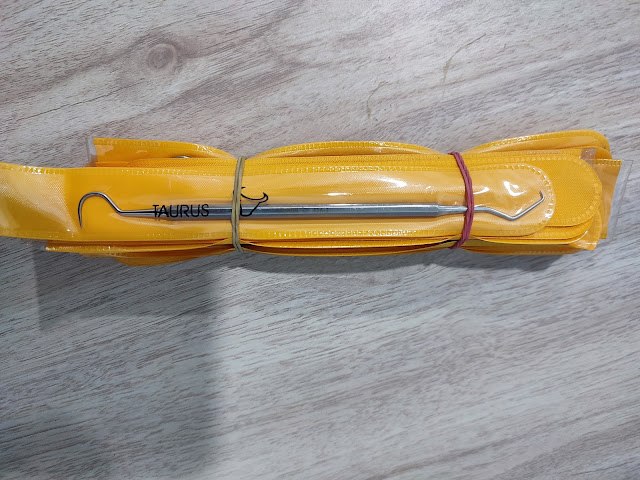A contra-angle handpiece is a dental instrument widely used in various dental procedures due to its ergonomic design and ability to access hard-to-reach areas in the oral cavity. It is attached to a dental motor and operates with a rotational motion, either in high or low speeds.
Common Uses of a Contra-Angle Handpiece:
1. Restorative Procedures: Used for cavity preparation by removing decayed or damaged tooth structure. Aids in finishing and polishing dental restorations like fillings and crowns.
2. Prosthodontics: Polishing and shaping crowns, bridges, dentures, and other prosthetics. Used for trimming and refining prosthetic components.
3. Endodontics (Root Canal Treatment): Drives endodontic files for cleaning and shaping the root canal system.
4. Orthodontics: Removes adhesive or cement after debonding brackets. Smooths the surfaces of teeth post-treatment.
5. Hygiene Procedures: Used with prophylaxis cups or brushes for scaling and polishing teeth during cleanings. Removes stains and plaque buildup.
6. Oral Surgery: Aids in precise cutting, trimming, or contouring of bone or soft tissue. Assists in removing or reshaping tooth structure.
7. Implantology: Plays a role in implant placement by preparing bone or securing implant components.
Types of Contra-Angle Handpieces:
- Low-Speed: Typically used for polishing, finishing, or minor trimming tasks.
- High-Speed: Ideal for cutting, shaping, or more invasive procedures.
Advantages:
- Ergonomic Design: The angled head allows easy access to posterior and tight spaces in the oral cavity.
- Precision: Provides control and stability, ensuring accurate procedures.
- Versatility: Compatible with various burs, polishing cups, and attachments.
There are so many specific types or brands of contra-angle handpieces. Some of them are as follows:

